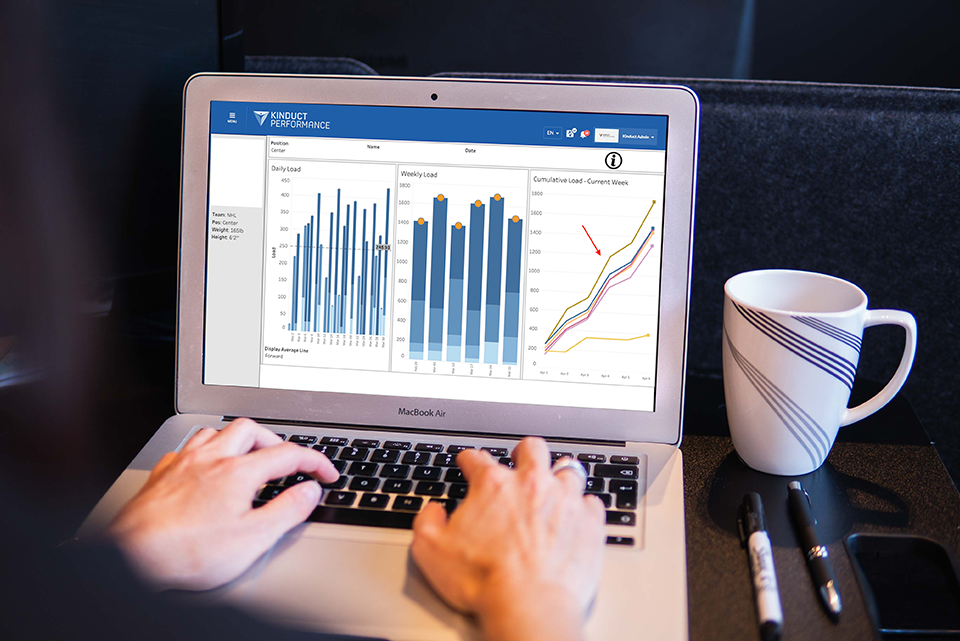
Many large sports organizations and performance centres share a similar struggle: managing and organizing their athlete’s large and growing depository of data. This is why technologies such as Athlete Management Systems have become so important in recent years. But like most robust softwares, it takes time to integrate the technology into an organization’s workflow.
To help with the future (or current) learning curve, we’ve mapped out four best practices to make sure you get a worthy return on your investment as quickly as possible.
#1: Data Strategy
When it comes to best practices, the first one you want to follow is creating a strategic and well-thought out plan in place before purchasing an Athlete Management System. At this point in the process, common questions to ask yourself and staff include:
Like these questions illustrate, it’s important to get a clear understanding of your current data environment. This includes considering historical data, current KPIs, and the data you want to collect in the future.
The more you understand about the metrics that matter to your organization, the smoother the implementation process will be.
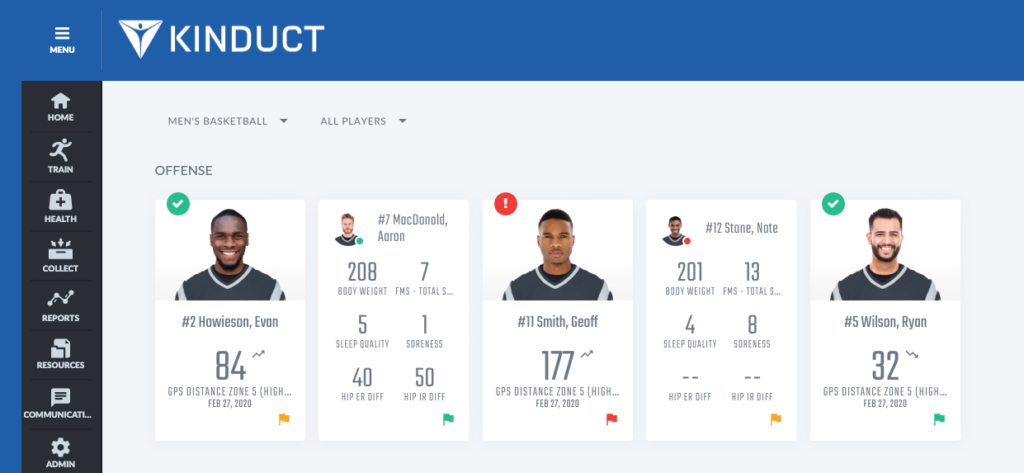
#2: Buy Into the Strategy
Best practice number two is implementing the Athlete Management System. This technology is proven to provide huge benefits, but requires a collective effort and a solid governance model to reach its potential.
Deciding who in your organization will control and manage the system during implementation and beyond is an important part of successfully leveraging your new technology.
Consider the key roles within your team who will need access to the platform: Performance Directors, Strength Coaches, Athletic Trainers, and medical staff, for example. All of these members can have access to the platform, but maybe they don’t need it.
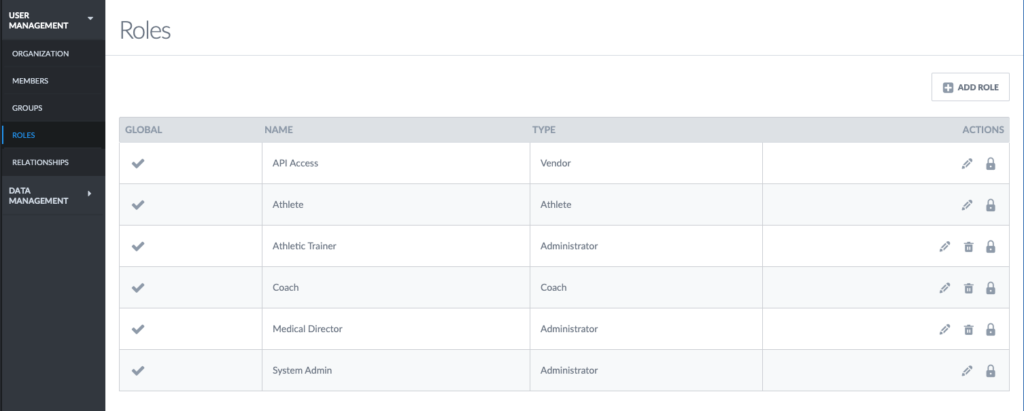
Luckily, Kinduct is an intuitive and permission-based system. This means only designated users within a staff can access, log, and administer the data workflow.
Because an Athlete Management System like Kinduct digitizes forms, enforces data standards, and hosts historical data, having a hierarchy in place is invaluable to fully optimize workflows.
This will also help organizations create a clear path to tell the data story to the leadership team and keep justifying why the group needs to invest in an Athlete Management System.
#3: Collecting Data With a Purpose
The key to understanding the potential of your data is to recognize that it is more than capturing metrics and looking for correlations or visual patterns within it. Simply collecting data will not replace game and player performance experts, who will always have inherent insights that data alone cannot account for.
That is why organizations with winning strategies incorporate both and cross-reference what their experts say with what the data is telling them.
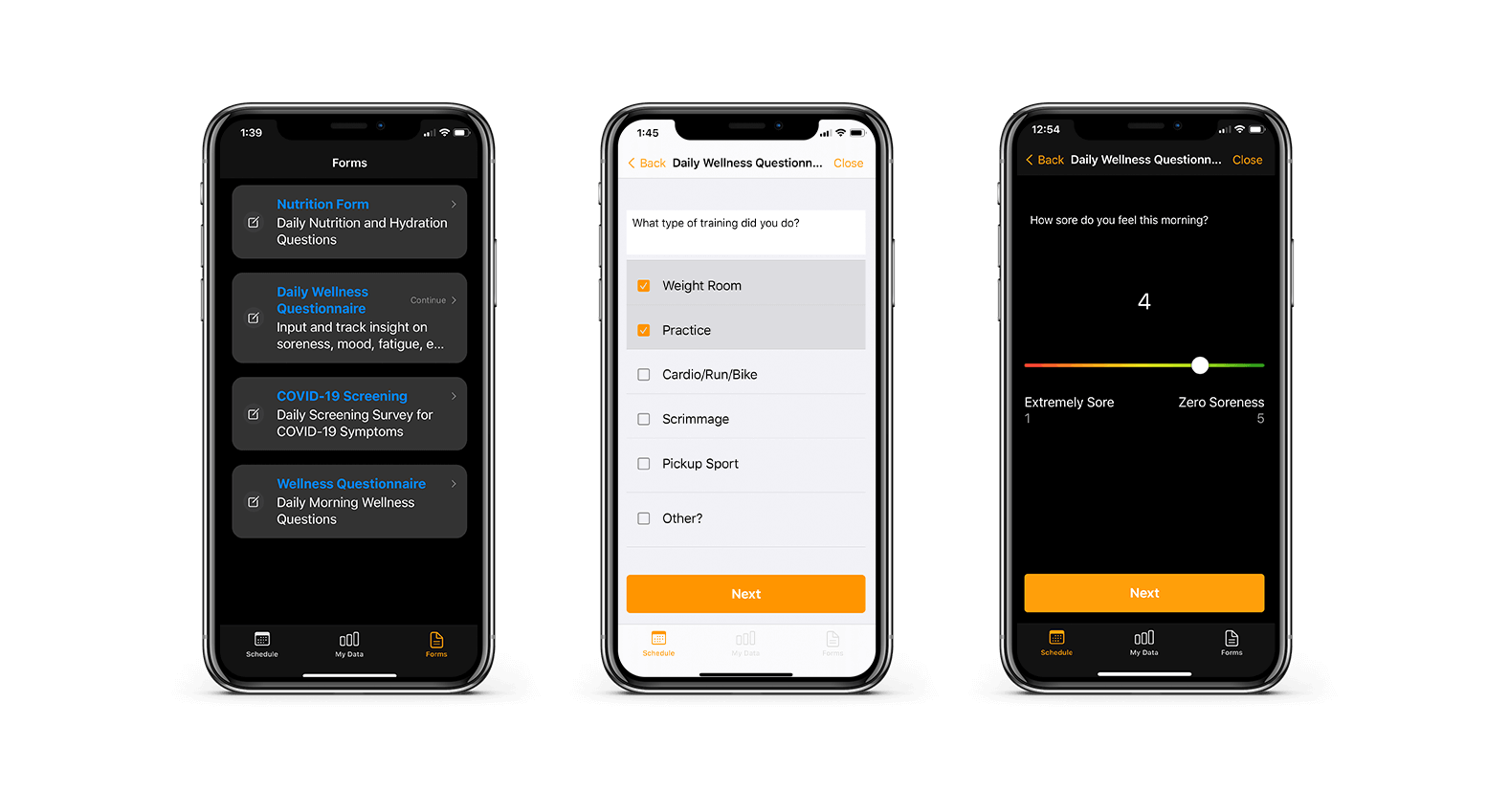 By consolidating your data into a single location, staff members can run deeper analysis and construct a broader view of the various factors that are impacting and driving athlete performance. Getting data in the right hands of the right people at the right time is crucial to success — and one of those best practices you won’t want to overlook.
By consolidating your data into a single location, staff members can run deeper analysis and construct a broader view of the various factors that are impacting and driving athlete performance. Getting data in the right hands of the right people at the right time is crucial to success — and one of those best practices you won’t want to overlook.
#4: Getting the Most From Your Data
Behind the data that you’ve collected, ingested, and even shared within your organization, there is still another call to action.
With data collected and analysis done, interventions and outputs can then take place, whether it is providing regular or on-demand reports for coaches, staff, or other stakeholders, developing strength/rehab training programs and delivering them to athletes, or monitoring trends and highlighting concerns.
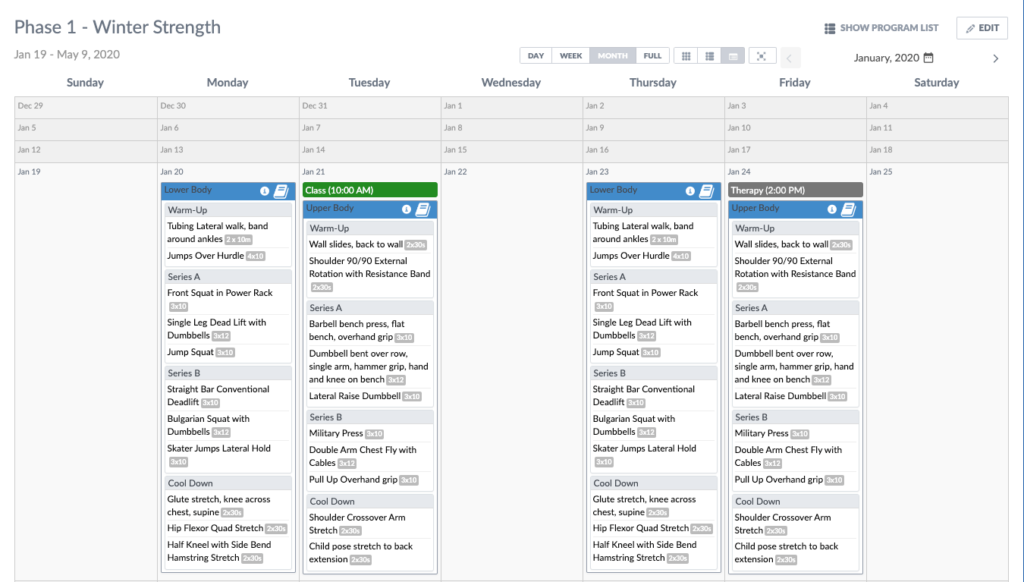
Final Thoughts
Still curious about the various applications of our Athlete Management System? Be sure to visit our case studies page and learn how different teams, schools, and performance centres have applied these best practices and efficiently utilize our technology to gain an advantage.
And if you have specific questions regarding our technology, don’t hesitate to reach out!